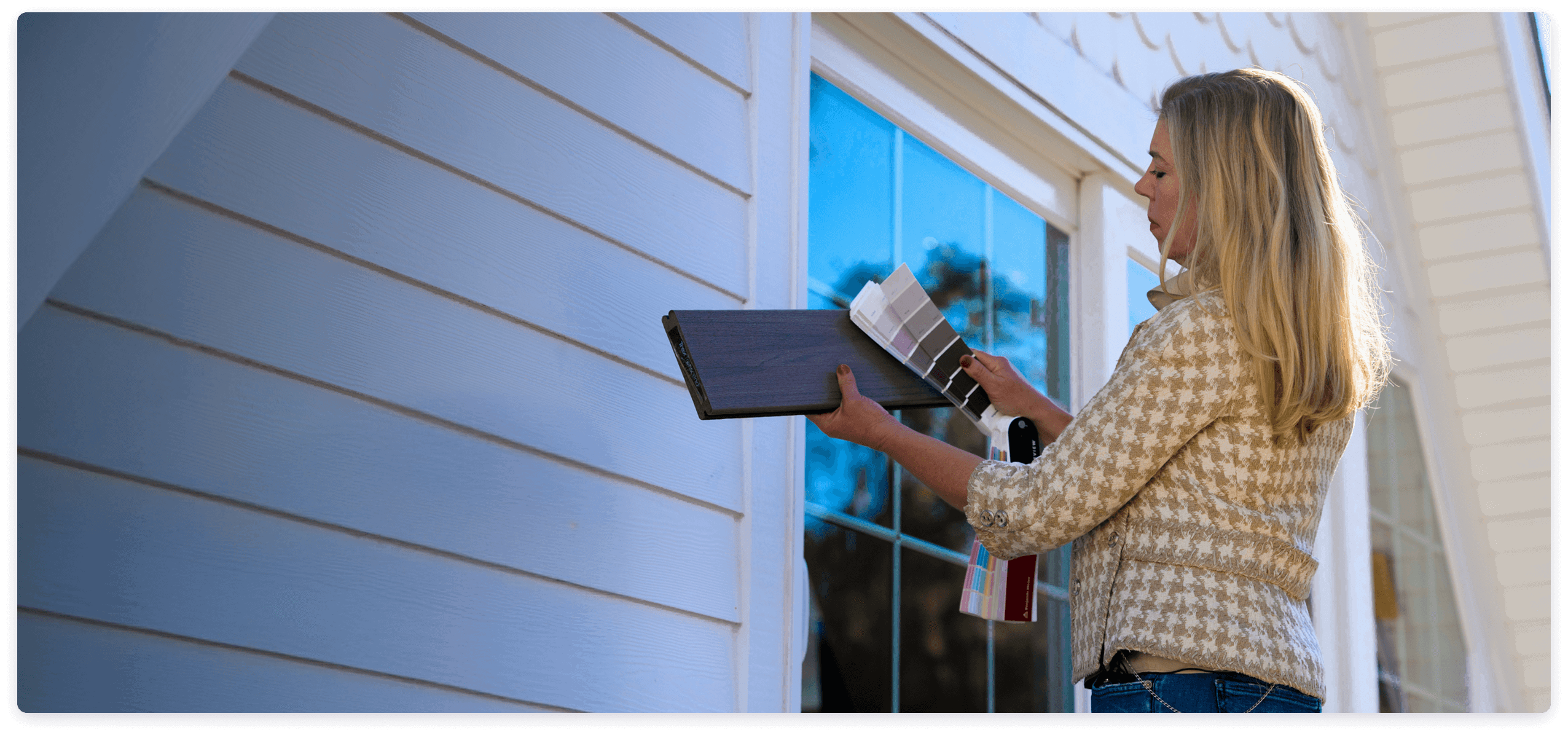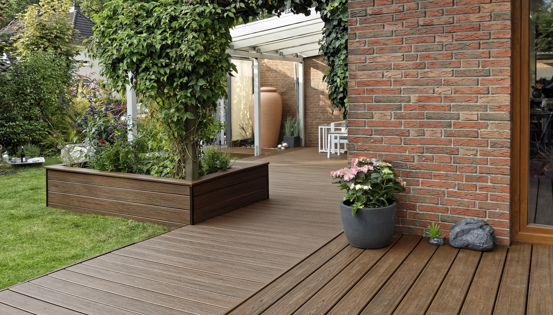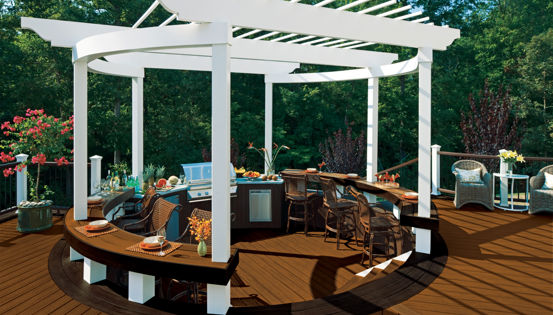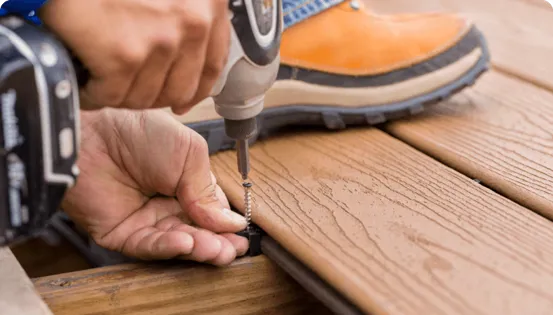Floor truss systems are very different from conventional floor framing materials. Like a roof truss, floor trusses are created through joining standard lumber, typically 2x3 or 2x4, with metal connectors. The resulting, engineered product is a long-spanning floor joist - about a half to two times taller than a typical 2x10 - that is able to house HVAC ducts, plumbing and other service lines within the floor assembly. Floor trusses do not use a typical band (rim) joist around the edge of the floor, where ledgers are typically attached. They have to be handled differently. Technically, the straight and narrow answer is that an engineer must evaluate the floor truss system and design a connection method for a ledger. The other option is a freestanding deck or other method that avoids connection to the floor system altogether.
A slightly more relaxed approach would be to use the recommendations of the Structural Building Components Association (SBCA) in their document, appropriately titled, “Attachment of Residential Deck Ledger to Metal Plate Connected Wood Truss Floor System”. While a mouthful of a title, it provides detailed methods for doing exactly that, connecting a deck to a floor truss system. Five distinct connection details attempt to cover various configurations and methods for making the connection, including connections to wood and composite blocking, the ends of the trusses and the truss ribbon strip (a horizontal member similar to a band joist that connects the trusses together at the ends). Parallel and perpendicular orientations of the deck joists to the floor trusses are also provided. The general message is that it’s not a casual connection, and various considerations are necessary.







